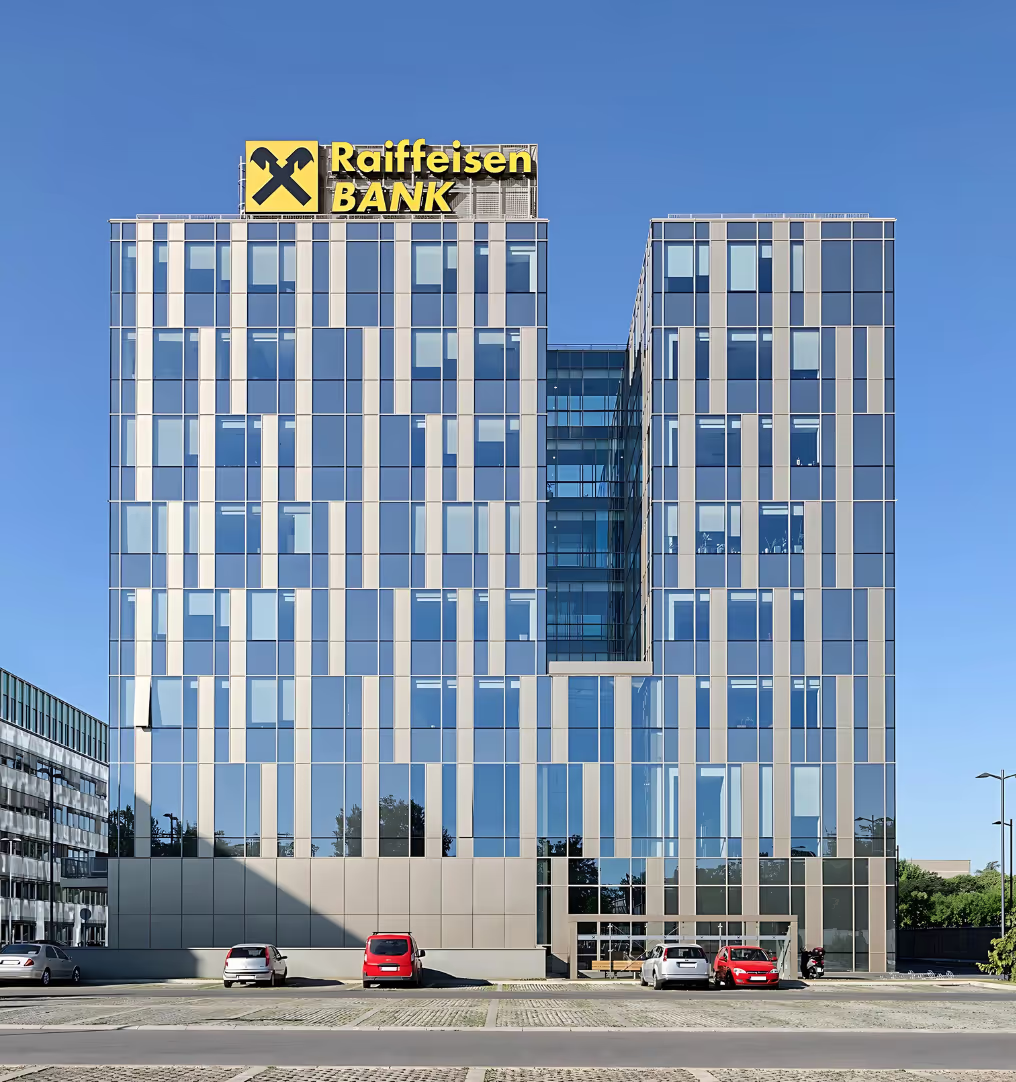7 Key Procurement Challenges in the Banking Industry and How to Solve Them

The banking industry faces a myriad of procurement challenges that can significantly impact operational efficiency and financial performance. Navigating the complex landscape of regulatory compliance, risk management, and cost optimization requires a strategic approach to procurement.
In today's rapidly evolving business environment, banks must adapt their procurement processes to stay competitive and meet the ever-changing needs of their customers. This involves leveraging innovative technologies, fostering collaboration among stakeholders, and aligning procurement strategies with overarching business objectives.
By addressing these procurement challenges in the banking industry head-on and implementing best practices in procurement, banks can unlock significant value, drive cost savings, and enhance their overall performance. Let's explore some of the key procurement challenges in the banking industry and discuss procurement strategies for banks to overcome them.
Procurement Challenges in the Banking Industry : Regulatory Compliance and Risk Management
Navigating the complex web of regulations is a critical challenge for procurement teams in the banking industry. The Basel III standards, which aim to strengthen the resilience of the banking sector, introduce stringent requirements for capital adequacy, liquidity, and risk management. Procurement professionals must ensure that their processes and decisions align with these regulations to maintain compliance and mitigate potential risks.
Effective risk management is paramount in banking procurement. Conducting comprehensive due diligence on suppliers is essential to identify and assess potential risks, such as financial instability, data security vulnerabilities, or reputational concerns. Procurement teams should establish robust monitoring mechanisms to track supplier performance and compliance throughout the contract lifecycle.
To address these challenges, banks should:
- Develop a comprehensive compliance framework: Establish clear policies and procedures that outline procurement processes, approval workflows, and documentation requirements in line with regulatory standards.
- Implement risk assessment tools: Leverage technology solutions to automate risk assessments, monitor supplier performance, and flag potential compliance issues in real-time.
- Foster a culture of compliance: Provide regular training and awareness programs to ensure that all procurement staff understand and adhere to regulatory requirements and best practices.
By prioritizing regulatory compliance and risk management, banks can safeguard their operations, protect their reputation, and build trust with stakeholders. Procurement teams play a vital role in ensuring that the bank's suppliers and partners meet the highest standards of integrity and reliability. These Procurement Challenges in the Banking Industry demand robust monitoring and risk assessment mechanisms and tailored procurement stratgies.
Procurement Challenges in the Banking Industry : Strategic Procurement and Category Management
In the banking industry, strategic procurement is essential for optimizing operations and achieving business objectives. By aligning procurement initiatives with the broader goals of the organization, banks can enhance their competitive position and achieve sustainable growth. This alignment requires a deep understanding of the organization's strategic priorities and ensuring that procurement activities support these targets effectively.
Building strong partnerships between procurement and key stakeholders ensures a cohesive approach to category management. When procurement teams collaborate closely with departments such as finance, risk management, and operations, they gain valuable insights into organizational needs, allowing for more tailored procurement strategies. This collaboration not only enhances resource allocation but also improves the identification of high-impact procurement initiatives. Consistent communication and inter-departmental meetings ensure that procurement professionals are well-informed about evolving business objectives, enabling them to adapt their strategies as needed.
Scenario modeling serves as a critical tool for banks to forecast market shifts and evaluate the implications of various procurement strategies. By exploring different scenarios, procurement teams can assess potential risks and advantages, guiding informed decision-making. This forward-looking approach enables banks to navigate changing market landscapes and seize opportunities as they arise. Incorporating scenario modeling into category management processes bolsters responsiveness and resilience, positioning banks to effectively manage dynamic demands and maintain a strategic edge.
A strong example of successful strategic procurement is the transformation seen at Raiffeisen Bank International (RBI). By embracing a centralized, digital procurement system with the help of akirolabs category management software, RBI streamlined its processes, improved supplier collaboration, and achieved significant cost savings. akirolabs provided the advanced tools and expertise to enable this transformation, leveraging digital procurement solutions and strategic sourcing to help RBI meet its business goals. You can learn more about their procurement transformation and how digital tools and strategic sourcing helped them achieve their objectives.

Procurement Challenges in the Banking Industry : Digital Transformation and Technology Adoption
In the banking sector, digital transformation of procurement processes revolves around deploying advanced technology platforms to elevate operational efficiency and foster innovation. By integrating state-of-the-art procurement solutions, banks can automate manual processes, optimize resource management, and enhance decision-making capabilities. These technologies not only streamline procurement workflows but also offer comprehensive insights into spending behaviors, supplier metrics, and market fluctuations. This empowers procurement teams to make strategic decisions that bolster the bank's objectives and operational performance.
Integrating procurement systems with core banking platforms is essential for achieving a cohesive operational framework to tackle procurement challenges in the banking industry. This integration ensures that procurement activities are in sync with other critical banking functions, such as finance and compliance, creating a unified operational perspective. Such a holistic integration reduces inefficiencies and ensures adherence to regulatory standards, while also fostering interdepartmental collaboration and data consistency across the organization.
The application of AI and automation within procurement processes further enhances efficiency and effectiveness. AI-powered analytics deliver actionable insights into supplier dynamics and market trends, enabling predictive analysis and strategic procurement planning. Automation tools, like robotic process automation (RPA), efficiently manage repetitive tasks, thereby freeing up procurement professionals to concentrate on strategic initiatives. By adopting these technologies, banks can maintain a competitive edge in a rapidly evolving financial landscape, adapting swiftly to market demands and technological advancements.
Procurement Challenges in the Banking Industry : Strategic Sourcing and Supplier Management
In the banking industry, strategic sourcing necessitates a meticulous approach to supplier selection, ensuring alignment with the institution's broader business goals. This involves thorough vetting of suppliers' capabilities, industry standing, and their ability to support the bank's strategic direction. By choosing suppliers who contribute to long-term objectives and embody shared values, banks position themselves to capitalize on mutual growth opportunities. This selection process extends beyond cost efficiency, emphasizing sustained value and risk management.
Cultivating collaborative partnerships with suppliers serves as a catalyst for innovation and added value. These relationships transcend traditional transactional interactions by fostering open dialogue, collective problem-solving, and shared objectives. Engaging suppliers as strategic allies allows banks to leverage their insights and innovative potential, facilitating joint initiatives that enhance services and operational effectiveness. This partnership model strengthens the bank's competitive position and supports agile responses to market shifts and technological progress.
Robust supplier performance management and governance frameworks are critical for ensuring service quality and compliance. Such frameworks provide structured mechanisms for evaluating supplier performance, verifying adherence to agreements, and managing associated risks. Utilizing key performance indicators (KPIs) and conducting regular evaluations encourage accountability and continuous enhancement among suppliers. By instituting clear governance protocols and metrics, banks can effectively manage their supplier network, ensuring alignment with strategic goals and maintaining high operational standards.
Procurement Challenges in the Banking Industry : Cost Optimization and Spend Visibility
Achieving cost efficiencies necessitates a nuanced approach in the banking sector, where procurement teams prioritize effective resource allocation. By refining approaches to procurement, banks can secure advantageous terms with suppliers, balancing cost reductions with the quality of goods and services. This involves utilizing market intelligence to navigate pricing landscapes and employing dynamic negotiation tactics to engage suppliers that offer substantial value. Such procurement strategies ensure that every expenditure aligns with the bank’s fiscal objectives, contributing to its financial integrity.
To enhance spend visibility, banks must invest in sophisticated analytics capabilities, employing cutting-edge tools to monitor and dissect spending patterns across procurement categories. An advanced level of spend transparency allows banks to pinpoint inefficiencies and uncover opportunities for cost containment. Detailed data analysis equips banks to identify spending trends, benchmark against industry norms, and make well-informed decisions about resource deployment. This insight is essential for maintaining financial discipline and making procurement decisions that support the bank's strategic initiatives.
Incorporating should-cost modeling and benchmarking provides a robust framework for optimizing pricing and achieving financial prudence. Should-cost models offer a granular view of expected costs, enabling procurement teams to scrutinize supplier proposals with precision and negotiate from a position of strength. By comparing anticipated costs against actual supplier offers, banks can pinpoint areas for potential savings. Benchmarking complements this by providing a reference point for pricing standards within the industry, ensuring that procurement teams secure the most favorable terms available. Together, these practices empower banks to make cost-effective procurement decisions that bolster the institution's economic stability.
Procurement Challenges in the Banking Industry : Talent Acquisition and Skill Development
In the banking sector, procurement demands professionals with distinctive expertise tailored to the baking procurement challenges. To attract and retain such talent, banks must implement strategic initiatives. Developing a compelling employer brand that highlights opportunities for advancement, competitive compensation, and a dynamic work environment is essential. Furthermore, showcasing a commitment to innovation and excellence in procurement can significantly enhance an institution's attractiveness to potential candidates.
Building cross-functional expertise within procurement teams elevates their capacity to tackle complex challenges and deliver organizational value. Skills in risk management and data analytics are particularly crucial, as they empower professionals to make strategic decisions aligned with business goals. Offering targeted training programs and workshops in these areas allows procurement teams to assess risks, interpret data, and devise effective strategies. By focusing on skill enhancement, banks ensure their teams are equipped to navigate the evolving financial landscape.
Cultivating an environment of continuous learning and professional growth is also vital for maintaining a high-performing procurement team. Encouraging employees to pursue certifications, engage in industry forums, and share knowledge fosters a culture of learning. This approach not only improves individual skills but also drives organizational innovation. By investing in ongoing education and development opportunities, banks can cultivate a motivated and capable procurement workforce, ready to contribute significantly to the institution's success. Therefore, developing cross-functional expertise and offering targeted training programs helps banks overcome these procurement challenges in the banking industry effectively.
Procurement Challenges in the Banking Industry : Sustainable and Responsible Procurement
Incorporating sustainability into procurement strategies within the banking industry involves embedding Environmental, Social, and Governance (ESG) criteria into every aspect of supplier selection and evaluation. This approach requires banks to meticulously assess potential suppliers' commitments to environmentally friendly practices, social equity, and robust governance structures. By prioritizing suppliers with strong ESG credentials, banks can align procurement decisions with broader sustainability initiatives, enhancing corporate responsibility and reducing exposure to risks associated with non-compliance and reputational challenges. A comprehensive evaluation process ensures that procurement choices are not only cost-effective but also contribute positively to the environment and society.
Engaging suppliers in collaborative efforts is crucial for banks aiming to mitigate environmental impacts and enhance social responsibility. Building partnerships through open dialogue and shared objectives allows banks to work alongside suppliers in the pursuit of sustainable innovations and practices. This collaboration may involve joint initiatives such as reducing carbon emissions, improving energy efficiency, and increasing supply chain transparency. By fostering a cooperative environment, banks and suppliers can develop and implement solutions that address environmental and social issues, strengthening relationships and achieving mutual sustainability goals.
Effective compliance with ethical sourcing standards and human rights regulations requires banks to establish rigorous oversight mechanisms across their supply chains. This entails conducting thorough audits, performing due diligence, and setting clear expectations for suppliers regarding ethical practices. By ensuring adherence to these standards, banks can prevent unethical practices and safeguard against labor violations and environmental harm. Establishing a robust compliance framework supports ethical sourcing initiatives, enhances the bank's reputation, and contributes to a just and equitable global supply chain. This commitment positions banks as leaders in sustainable procurement, driving meaningful change within the industry.
Procurement Challenges in the Banking Industry : Agility and Resilience in Crisis Management
In the face of unexpected disruptions, the banking sector requires procurement processes that are both agile and resilient to maintain seamless operations. Establishing comprehensive contingency plans is critical for navigating supply chain challenges and procurement hurdles that may arise during crises. These plans should incorporate defined protocols for rapid mobilization of resources, streamlined communication channels, and adaptive strategies to ensure continuity. By routinely assessing potential crisis scenarios and conducting preparedness exercises, banks can refine their contingency approaches to bolster their crisis management capacity.
Strategic procurement is indispensable for maintaining business continuity amid crises, enabling banks to swiftly adjust to evolving circumstances and uphold service delivery standards. Employing advanced data analytics and real-time insights allows procurement teams to pinpoint potential risks, evaluate supplier stability, and deploy preventive measures to secure supply chain robustness. This strategy entails diversifying supplier networks, identifying alternative procurement sources, and crafting adaptable contracts that accommodate unexpected shifts. A strategic procurement framework empowers banks to curtail the impact of disruptions, thereby sustaining their operations effectively.
Constructing a resilient supplier ecosystem is essential for mitigating operational and financial vulnerabilities during crises. This involves nurturing collaborative relationships with suppliers, promoting open dialogue, and ensuring transparency across the supply chain. Banks should prioritize alliances with suppliers who exhibit reliability and flexibility, aligning with mutual objectives. Engaging in joint risk evaluations and formulating shared contingency strategies allows banks and suppliers to enhance their collective resilience and synchronize their responses to unforeseen challenges. A fortified supplier ecosystem not only supports operational continuity but also enhances the bank's resilience in a dynamic global environment.
As the banking industry navigates the complexities of the future, embracing strategic procurement and addressing these procurement challenges in the banking industry will be essential for success. By leveraging innovative technologies, fostering collaboration, and prioritizing sustainability, banks can position themselves for long-term growth and resilience. If you're ready to transform your procurement processes and unlock the full potential of your organization, book a demo with us today and let akirolabs be your partner in this journey.
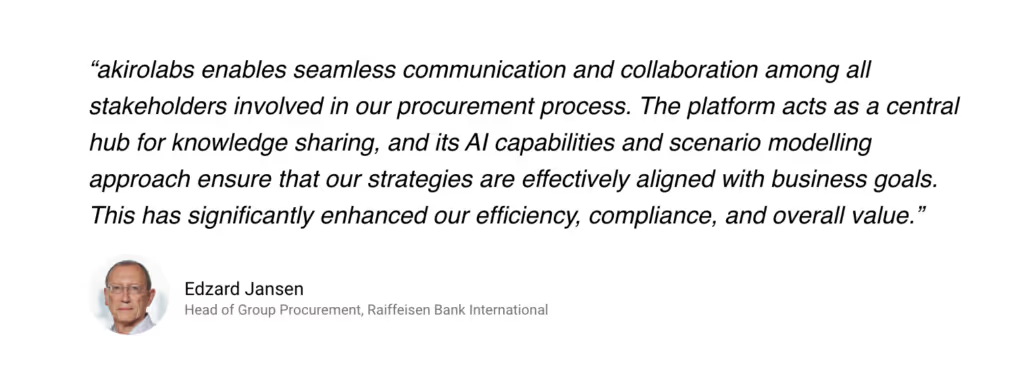
What makes a successful pilot with akirolabs?
We define success collaboratively with your team. Typical outcomes include strategy creation for priority categories, measurable process improvements, and internal alignment. We provide full support and a clear roadmap for evaluation.
Can I try the platform hands-on after the demo?
Yes, we offer guided pilots and sandbox environments depending on your stage in the buying process. These give you and your team the opportunity to explore features in your own context.
Can I see how akirolabs would work with our specific categories?
Yes, we can tailor the demo to showcase how akirolabs works with your specific categories and procurement structure. Let us know your priority areas in advance, and we'll customize the demonstration accordingly.
Who should attend the demo from my organization?
We recommend including key stakeholders from your procurement leadership team, category management function, and procurement excellence or transformation groups. Including business stakeholders can also be valuable to demonstrate how the platform facilitates cross-functional collaboration.
How long does a typical demo take?
A standard demo takes approximately 45-60 minutes, allowing time for a comprehensive overview of the platform and discussion of your specific requirements. We can adjust the timing based on your availability and areas of interest.
What will I see during an akirolabs demo?
During the demo, you'll see the complete akirolabs Category Strategy Workbench in action, including the collaborative workflow, AI-powered insights from akiroAssist, strategic scenario modeling capabilities, and the Strategy One-Pager feature. We'll customize the demonstration to focus on aspects most relevant to your organization's needs.
Ready to Transform Your Procurement Strategy?
There’s a better way to do procurement. This is IT.
.avif)








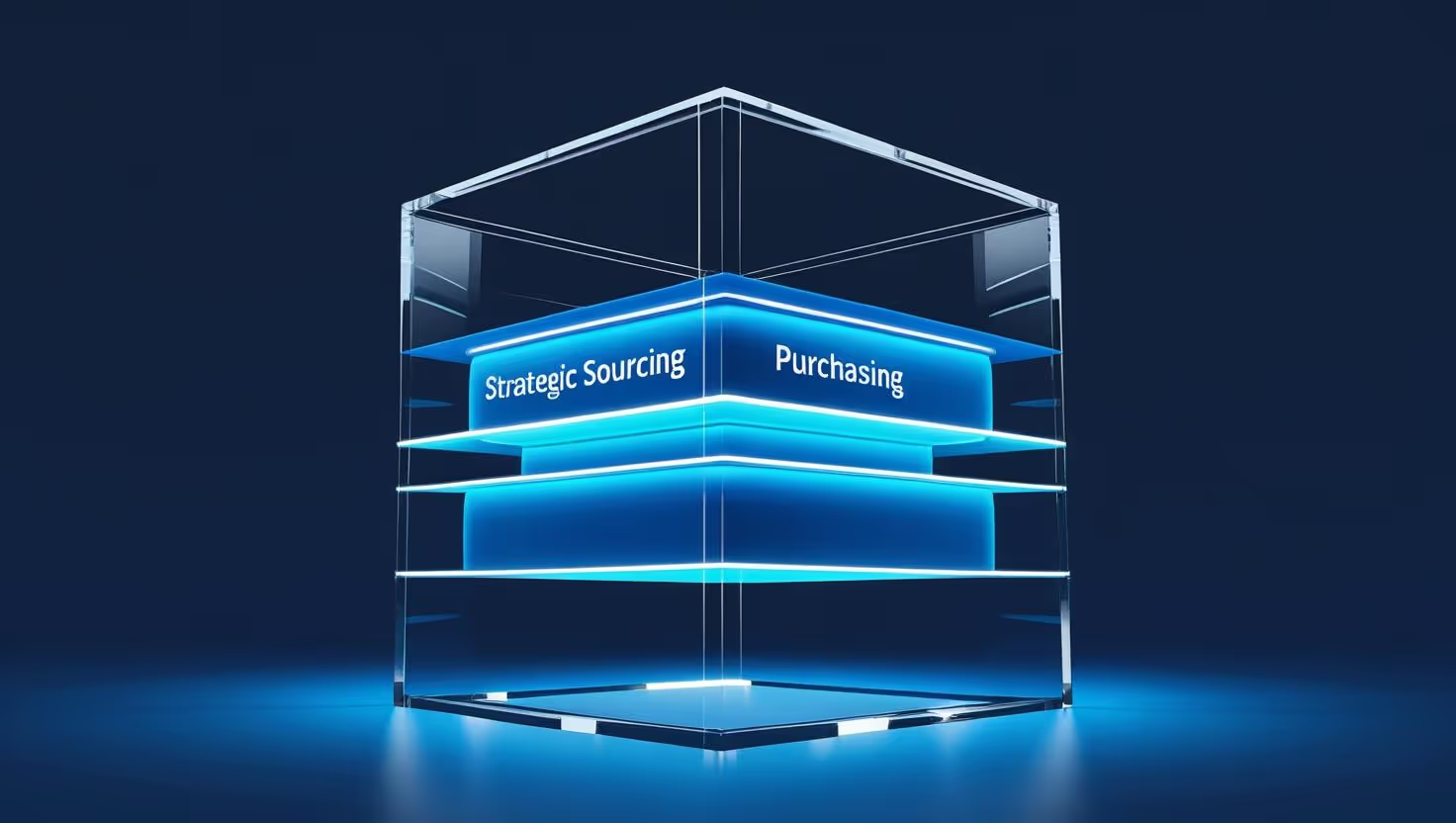






















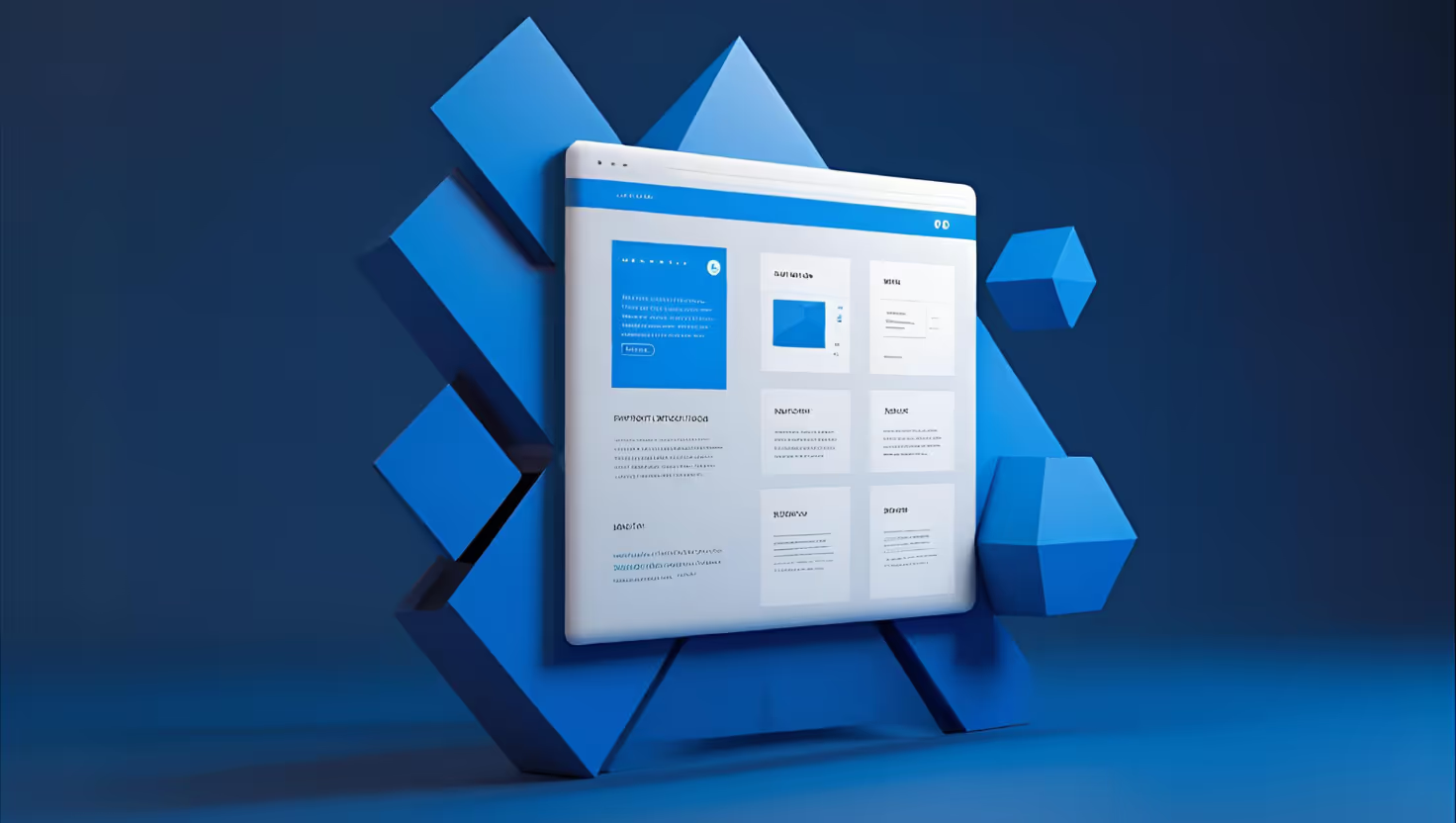










































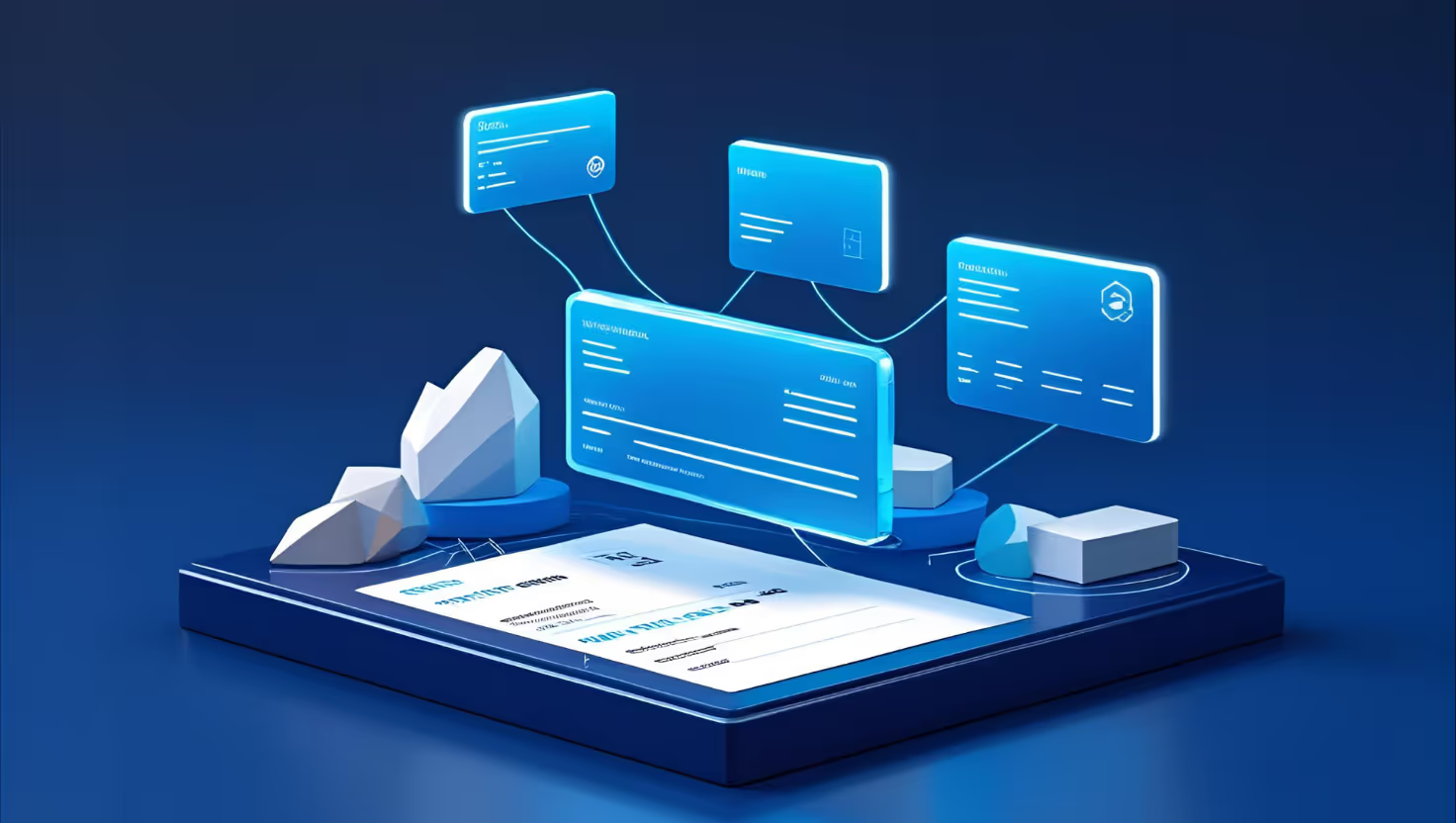



























.avif)






